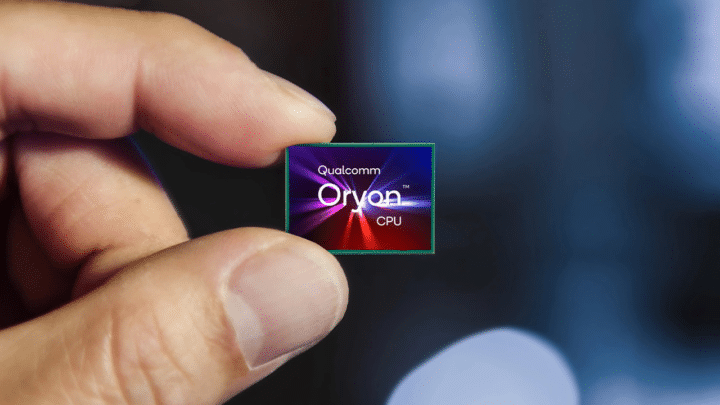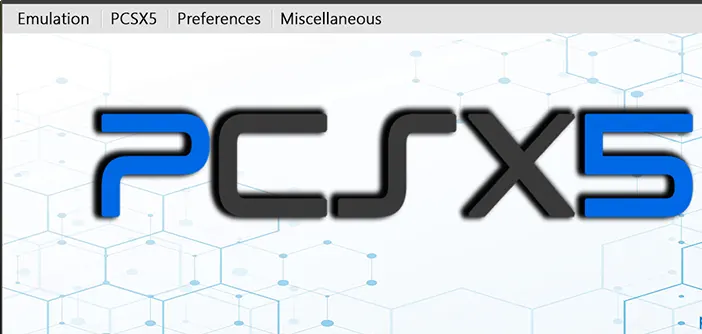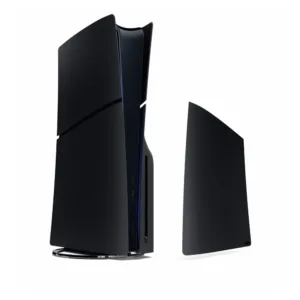
Could ARM Chips Force a Architecture Switch For PS6 ?
The rapid evolution of ARM-based processors over the past few years has been nothing short of remarkable. Performance and efficiency gains in mobile chips by Qualcomm, Apple, Samsung and others have put ARM on the map as a desktop and laptop compute contender.
This begs the question – could the momentum behind ARM force a CPU architecture switch for the next generation PlayStation 6 from Sony x86 to ARM? This potential move from x86 to ARM would have huge implications for backwards compatibility of legacy software.
The Stunning Advancements in ARM Performance
ARM chips have long dominated the mobile space with their power efficiency. But in recent times, they have rapidly started closing the performance gap with x86.
Qualcomm’s Snapdragon Sets Benchmark Records
Apple’s M-Series Chips Take Laptops by Storm
Apple’s switch to homegrown ARM-based M1 and newer M2 silicon for their Macbooks has been a rousing success. The M-series chips beat Intel and AMD x86 rivals in productivity benchmarks while greatly improving battery life. The raw performance of the M2 is comparable to modern x86 laptop chips.
ARM Server Chips Look Promising
While still in early days, ARM server processors like Amazon’s Graviton 3 have shown promising results – matching or exceeding the performance of Intel & AMD data center CPUs while using less power. This better performance per watt bodes well for ARM’s prospects in high performance applications.
Could Sony Switch to ARM for the PlayStation 6?

Given ARM’s burgeoning capabilities, it is worth considering – could Sony transition their next generation PlayStation 6 console from x86 architectures over to ARM? There are reasons why they might consider it:
Performance and Efficiency
If ARM maintains its current trajectory, its performance and efficiency could be very well suited for future gaming hardware where high cores counts, power efficiency and dedicated graphics acceleration are priorities. Qualcomm and Apple’s SoC designs could inspire a custom Sony ARM chip for the PS6.
Cost Savings
ARM licensing fees and manufacturing would likely be cheaper than paying Intel or AMD, especially for semi-custom designs. This could allow more investment in GPUs, memory and other components for the PS6. However, Sony does get favorable deals given their scale.
Innovation in Gaming Specialized Hardware
A new architecture opens the door to greater specialization and innovation for gaming-focused capabilities in the PS6. Sony could better optimize an ARM design to their needs in ways not possible with off-the-shelf x86 components.
The Backwards Compatibility Quandary
However, switching CPU architectures would also introduce a huge backwards compatibility problem for the PlayStation 6. The PS4 and PS5 all use x86-64 processors. A move to ARM would cut off compatibility with thousands of last-gen PlayStation games. Some ways they could tackle this:
Emulation

The PS6 could attempt to emulate past PlayStation x86 software on the ARM architecture. However, perfect emulation is very difficult given fundamental CPU differences. Performance and glitches would likely occur.
Dual Architecture
The PS6 could pack both x86 and ARM chips onto one board. But this would drive up cost, heat and complexity. It may only be a short-term bridge solution.
Game Porting and Recompilation
Games could be ported to ARM and recompiled for the PS6, but this would be a monumental level of effort for so much PlayStation software. Publishers may only do this for popular titles and collections.
Streaming and the Cloud

Cloud game streaming services could potentially stream past PlayStation x86-based games to the ARM-based PS6. But internet performance and latency issues persist.
Clean Break
Sony may just focus the PS6 fully on next-gen gaming and accept the lack of backwards compatibility. But this fragments the PlayStation library and frustrates gamers who still play older games.
The PlayStaion Future – x86, ARM or Both?
It’s unclear if ARM will be compelling and mature enough for a PS6 transition when it launches. But it does seem inevitable down the road as mobile chips continue their trajectory towards console-class performance at lower power.
Perhaps x86 and ARM architectures will co-exist in the PlayStation space in the future, with each leveraged for their strengths. Cloud streaming may also help smooth out backwards compatibility issues.
But if Sony does plan a more abrupt PS6 architecture shift to ARM, they would need to announce well in advance and have solid emulation solutions in place before any transition. Even with that, the backwards compatibility implications would be the biggest drawback to an ARM-based PS6 future. But the rapid gains in ARM performance show its prospects in high capability computing continue to brighten.
The PS6 may still be a ways off in the future. But if you want to enjoy next-gen PlayStation gaming right now, the PS5 is available to purchase. You can buy a PS5 from the following link:
https://sheenugamecenter.com/product/playstation5/
Buying directly from reliable retailer ensures you will get an authentic system. Make sure to factor in additional accessories like extra controllers and PS Plus membership as well with your purchase.






Add comment